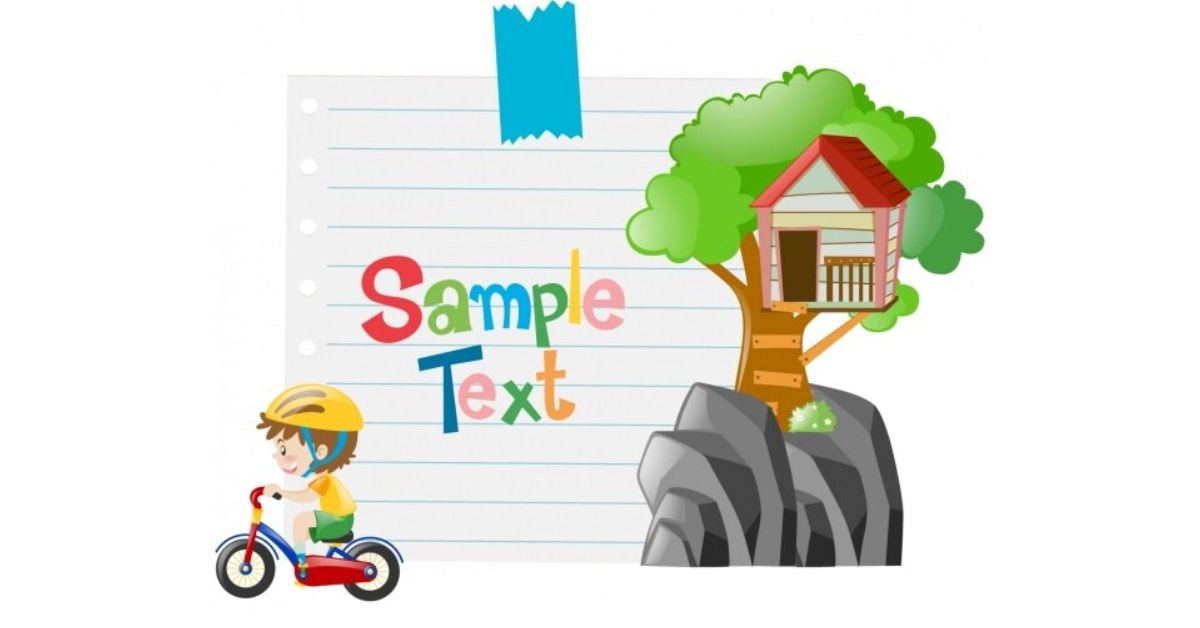Poetry has long been a medium for self-expression, allowing people to explore their feelings, dreams, and perspectives. Among the many types of poetry, the “I Am” poem stands out as a reflective and engaging way for children, especially fifth graders, to articulate their emotions and thoughts. Writing an “I Am” poem encourages introspection, creativity, and a deeper understanding of oneself. For fifth graders, this structured format provides an accessible platform to express their individuality i am poem examples from a 5th grader while also learning about poetic elements.
In this article, we will explore the essence of the “I Am” poem, provide detailed examples written from the perspective of a fifth grader, and explain why this format is an excellent educational tool. Along the way, we’ll share tips for teachers and parents to guide young learners in crafting their poems. Finally, we’ll conclude with answers to six frequently asked questions about “I Am” poems.
What Is an “I Am” Poem?
An “I Am” poem is a type of personal poetry that follows a structured template to describe a writer’s characteristics, feelings, and aspirations. Each line begins with a specific prompt, such as “I am,” “I feel,” or “I wonder,” allowing the writer to delve into their emotions and identity. This poetic form is particularly popular in classrooms because it:
- Encourages self-reflection.
- Enhances vocabulary and writing skills.
- Boosts confidence by validating a child’s thoughts and feelings.
- Teaches poetic rhythm and structure.
Here is a basic structure of an “I Am” poem:
- First Stanza
- I am (two special characteristics of the writer).
- I wonder (something the writer is curious about).
- I hear (an imaginary or real sound).
- I see (an imaginary or real sight).
- I want (a desire).
- I am (repeat the first line of the poem).
- Second Stanza
- I pretend (something the writer pretends to do).
- I feel (a feeling about something real or imaginary).
- I touch (something imaginary or real).
- I worry (a concern or fear).
- I cry (something that makes the writer emotional).
- I am (repeat the first line of the poem).
- Third Stanza
- I understand (something the writer knows to be true).
- I say (something the writer believes in).
- I dream (something the writer dreams about).
- I try (an effort the writer makes).
- I hope (a wish for the future).
- I am (repeat the first line of the poem).
Benefits of Writing “I Am” Poems in the 5th Grade
Fifth grade is a transitional period for many children. At this age, they begin to develop a stronger sense of identity i am poem examples from a 5th grader and independence, making the “I Am” poem an ideal tool for self-exploration. Here are some specific benefits:
- Emotional Development: Writing an “I Am” poem allows children to articulate emotions they may not express otherwise. It provides a safe space for self-discovery.
- Enhanced Creativity: The prompts encourage imaginative thinking. For example, “I hear the whispers of the stars” or “I see a castle in the clouds” invites creative expression.
- Literacy Skills: Working within the structured format improves grammar, sentence construction, and vocabulary.
- Building Empathy: Sharing “I Am” poems in a classroom setting fosters understanding among peers as students learn about each other’s feelings and experiences.
Examples of “I Am” Poems from a 5th Grader
Below are sample “I Am” poems written from the perspective of a fifth grader. These examples highlight the creativity and depth that children can achieve with this format.
Example 1: The Dreamer
First Stanza: I am curious and full of wonder. I wonder what lies beyond the stars. I hear the rustle of leaves in a magical forest. I see dragons flying over mountains. I want to discover a world no one has seen. I am curious and full of wonder.
Second Stanza: I pretend I can speak to animals. I feel the wind whispering secrets in my ear. I touch the clouds as I soar through the sky. I worry that one day I might forget how to dream. I cry when I think about lost adventures. I am curious and full of wonder.
Third Stanza: I understand that dreams can inspire great things. I say imagination makes the world brighter. I dream of building a castle in the clouds. I try to see the magic in everyday life. I hope I never stop believing in the impossible. I am curious and full of wonder.
Example 2: The Friend
First Stanza: I am kind and a good listener. I wonder how I can make the world better. I hear laughter echoing in the playground. I see friends smiling and playing together. I want everyone to feel included. I am kind and a good listener.
Second Stanza: I pretend I am a superhero who spreads kindness. I feel happy when my friends are happy. I touch the hearts of those i am poem examples from a 5th graderwho need a friend. I worry that people might feel lonely. I cry when I see someone being hurt. I am kind and a good listener.
Third Stanza: I understand that everyone has feelings. I say kindness is the most important superpower. I dream of a world where no one feels left out. I try to help others whenever I can. I hope to make a difference in someone’s life. I am kind and a good listener.
How to Help a 5th Grader Write an “I Am” Poem
Encouraging a child to write an “I Am” poem can be an enriching experience for both the writer and the guide. Here are some tips:
- Explain the Structure: Start by walking them through the format and prompts. Provide examples to clarify expectations.
- Brainstorm Together: Help the child brainstorm ideas for each line. Ask open-ended questions like, “What makes you unique?” or “What do you dream about?”
- Encourage Imagination: Remind them that they can include imaginary elements. For instance, “I hear the stars singing” is as valid as “I hear my dog barking.”
- Create a Safe Environment: Ensure the child feels comfortable sharing personal thoughts. Emphasize that i am poem examples from a 5th grader there are no wrong answers.
- Revise and Polish: Once the poem is complete, work together to refine it. Look for opportunities to add vivid imagery or improve word choice.
- Celebrate Their Work: Display the poem on a bulletin board or share it with family members. Validation boosts confidence and encourages further creative endeavors.
Why “I Am” Poems Matter
“I Am” poems serve as more than just a classroom activity. They help children:
- Develop self-awareness.
- Cultivate empathy.
- Hone their writing skills.
- Find joy in creative expression.
For educators and parents, these poems offer a glimpse into a child’s inner world, fostering stronger connections and understanding.
Conclusion
“I Am” poems provide fifth graders with a powerful outlet for self-expression and creativity. Through this structured i am poem examples from a 5th graderyet flexible format, young writers can explore their identity, emotions, and dreams. By incorporating “I Am” poems into educational and personal settings, we encourage children to embrace their individuality and develop a lifelong appreciation for poetry.
FAQs
1. What is the purpose of an “I Am” poem? The purpose of an “I Am” poem is to encourage self-expression and i am poem examples from a 5th grader introspection. It allows writers to explore their emotions, thoughts, and identities in a structured format.
2. Can “I Am” poems include imaginary elements? Yes! “I Am” poems often blend reality and imagination. Writers can describe fantastical sights, sounds, or feelings to enhance creativity.
3. How long should an “I Am” poem be? An “I Am” poem typically consists of three stanzas, each containing six lines. However, writers can adapt the format to suit their needs.
4. Are “I Am” poems only for children? No. While “I Am” poems are popular among children, they are suitable for writers of all ages as a reflective and creative exercise.
5. How can teachers use “I Am” poems in the classroom? Teachers can use “I Am” poems to build emotional literacy, foster classroom community, and enhance writing skills. Sharing poems can also promote empathy among students.
6. What if a child struggles to write their “I Am” poem? If a child struggles, offer prompts or examples to inspire them. Encourage them to write freely without worrying about perfection. Collaborative brainstorming can also help generate ideas.











